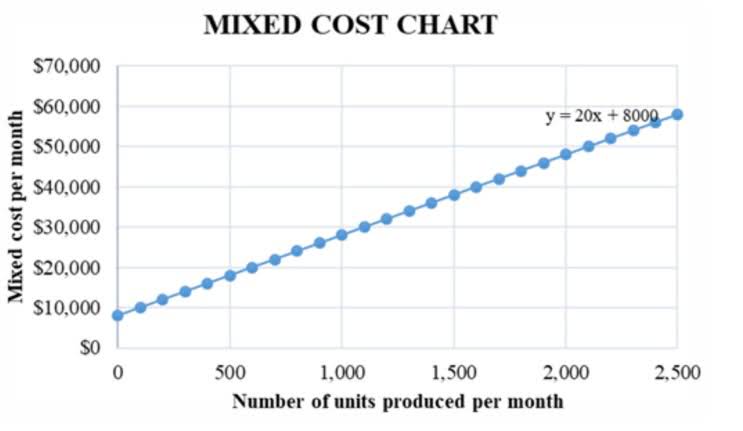Usluge:
Klijent:

Examples of indirect costs include utilities, maintenance on equipment, miscellaneous supplies, salaries, and administrative expenses. These costs are required for an organization to operate, enabling the production of a product or service. Unlike direct costs, which can be directly tied to a specific cost object, indirect costs are incurred for the overall operation of a business and are shared among various cost objects. Indirect costs are often considered fixed costs as they do not vary directly with production levels and are incurred regardless of the volume of goods or services produced. In the construction industry, a thorough understanding of direct and indirect costs is a vital asset. Recognizing the role of each cost category in project pricing, budgeting and profitability equips construction professionals to make sound financial decisions.
Examples of indirect costs are accounting and legal expenses, administrative salaries, office expenses, rent, security expenses, telephone expenses, and utilities. Correct allocation of direct and indirect costs leads to more accurate and transparent budgeting, forecasting and cash flow planning, as well as reporting for management and financial purposes. The most common examples of direct costs include the following expenditures, assuming they are specific to a cost object, such as a product, service, department or project. In the case of Justin’s barbershop, he might estimate the total cost of a cleaning service for the year to be $12,000 and the number of visits to be twice a month.
For an automobile maker, this would be costs such as the factory utilities and depreciation on the machinery. Indirect period costs are not attached to the product and are recorded as expenses. For an automobile maker, this would be costs such as advertising costs or salaries of salespersons. For Justin, since he provides a service and is not in manufacturing, he would not need to classify his indirect costs as either product or period. For Justin, it is critical to understand how the total indirect costs are incurred and how those costs should be allocated.
Cost structure refers to the various types of expenses a business incurs and is typically composed of fixed and variable costs. Fixed costs are costs that remain unchanged regardless of the amount of output a company produces, while variable costs change with production volume. After pinpointing all indirect expenses, the next step is to project their anticipated amounts. Fixed indirect costs, such as monthly office rent or the one-off cost of establishing a project site office, remain relatively constant. Differentiating between these cost types is essential for thorough and precise budget forecasting.
The most common examples of indirect costs include the following expenditures, assuming they are not specific to a cost object, such as a product, service, department or project. You also need to know the difference between direct and indirect costs when filing your taxes. Examples of tax-deductible direct costs include repairs to your business equipment, such as your production line. Tax-deductible indirect costs may include rent payments, utilities and certain insurance costs. Indirect costs include supplies, utilities, office equipment rental, desktop computers and cell phones.
Proper cost classification will also come in handy when it is time to file a business tax return as some direct and indirect expenses may be tax deductible. Direct costs need to be properly tracked, measured and valued so they can be correctly attributed directly to a specific cost object, such as a product, service or business unit. Indirect costs, although often overshadowed by their direct counterparts, hold significant sway indirect costs are also referred to as over a project’s bottom line. Ensuring their meticulous assessment and proactive oversight not only safeguards profitability but also establishes the foundation for successful project execution. An indirect cost is money a business spends even when it’s not selling goods or delivering services. The profit margins should be healthy enough to comfortably accommodate both direct and indirect expenses–and generate a net profit.